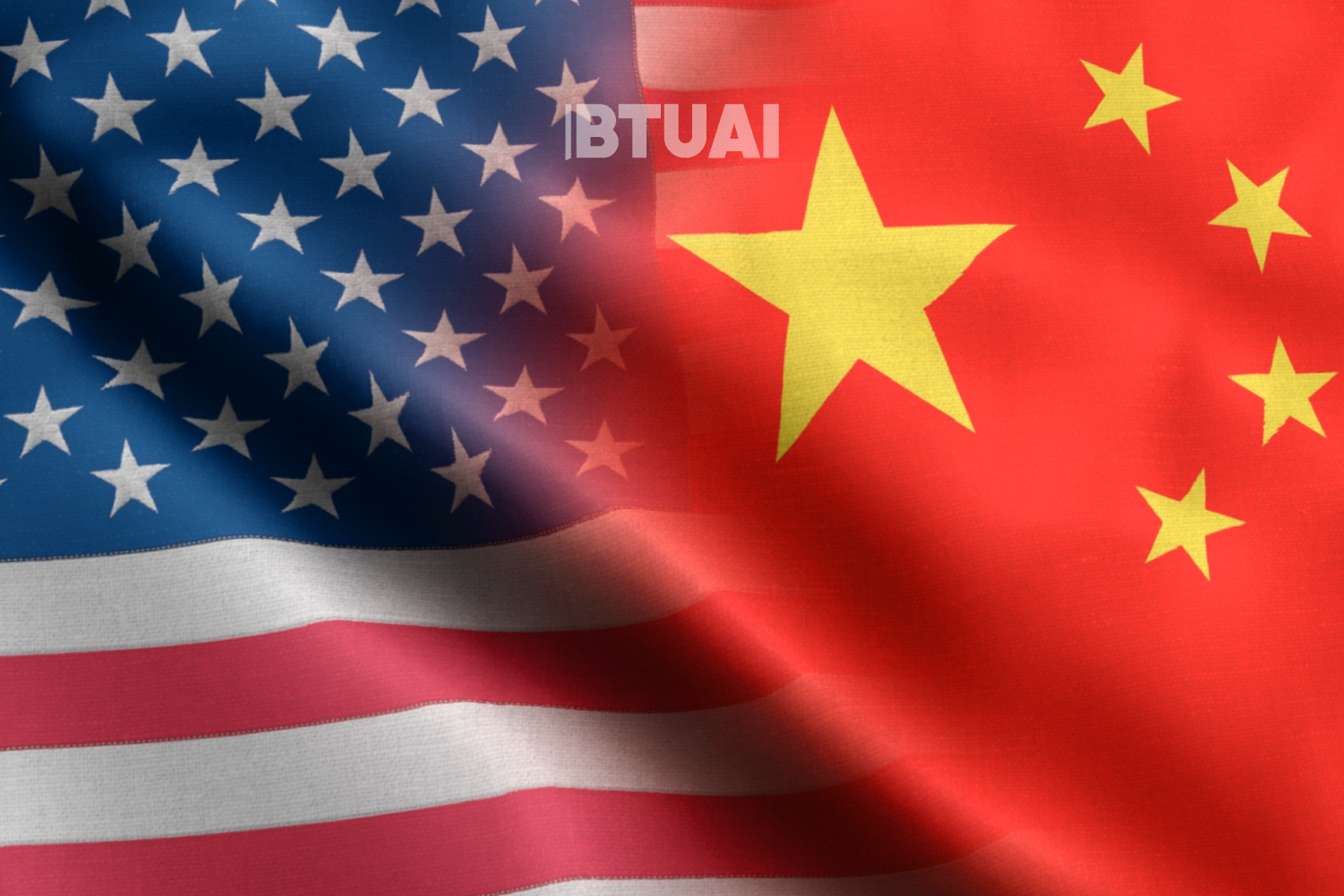New Cold War? Analyzing the Technological Race Between the U.S. and China
The technological rivalry between the United States and China has intensified, becoming a defining element of contemporary geopolitics. This

The technological rivalry between the United States and China has intensified, becoming a defining element of contemporary geopolitics. This competition spans critical sectors such as semiconductors, artificial intelligence (AI), and quantum computing, reshaping global alliances and innovation pathways. At its core, this race reflects not just economic ambitions but also competing ideologies about technology’s role in society.
Semiconductors have emerged as a strategic battleground. These tiny chips power everything from smartphones to advanced military systems, making them indispensable in modern economies. Historically, the U.S. has dominated semiconductor design, while manufacturing has been concentrated in East Asia, particularly Taiwan. Recognizing vulnerabilities in global supply chains, the U.S. has recently invested heavily in domestic production. In November 2024, the U.S. Commerce Department finalized a $6.6 billion subsidy for Taiwan’s TSMC to boost its semiconductor manufacturing facility in Phoenix, Arizona. This move aims to reduce reliance on foreign production, particularly in light of geopolitical tensions. Meanwhile, China, aiming for self-sufficiency, has poured billions into its semiconductor industry. Despite these efforts, the country remains dependent on foreign technology for advanced chips. The recent suspension of certain TSMC production for Chinese clients due to U.S. export controls underscores the challenges Beijing faces in catching up.
In the field of artificial intelligence, both nations are pushing boundaries. China has made significant progress, leveraging its robust electronics sector and vast datasets. Innovations like Baidu’s AI-powered smart glasses showcase the country’s ambition to lead in AI applications. However, U.S. restrictions on advanced chips have hampered China’s ability to develop cutting-edge language models, revealing the vulnerabilities of relying on external technologies. The U.S., on the other hand, continues to maintain a competitive edge, supported by a strong ecosystem of universities and tech giants. Yet, ethical concerns and data privacy issues present hurdles that could slow progress.
Quantum computing represents another frontier in this technological race. Both countries recognize its potential to revolutionize industries ranging from cryptography to pharmaceuticals. The U.S. has emphasized fostering public-private partnerships to secure its lead, while China has reportedly achieved breakthroughs in quantum communication. These advancements underscore the strategic importance both nations place on staying ahead in this nascent field.
The implications of this tech race extend far beyond the U.S. and China. Global supply chains are increasingly shaped by these developments, as are international alliances. The U.S. has actively sought to align with allies, evidenced by collaborations on 6G principles with countries like Japan and South Korea. China, anticipating potential trade conflicts, has enacted measures such as the “anti-foreign sanctions law” and an “unreliable entity list,” which enable it to retaliate against foreign companies and governments. These strategic moves highlight how both nations are preparing for possible escalations in their rivalry.
Ultimately, the U.S.-China technological competition is about more than just dominance in semiconductors or AI. It represents a broader struggle for influence in a world increasingly shaped by technology. The outcomes of this rivalry will have profound implications for global economic structures, security frameworks, and innovation trajectories. As the race accelerates, the stakes are higher than ever, with repercussions that extend well beyond national borders.




